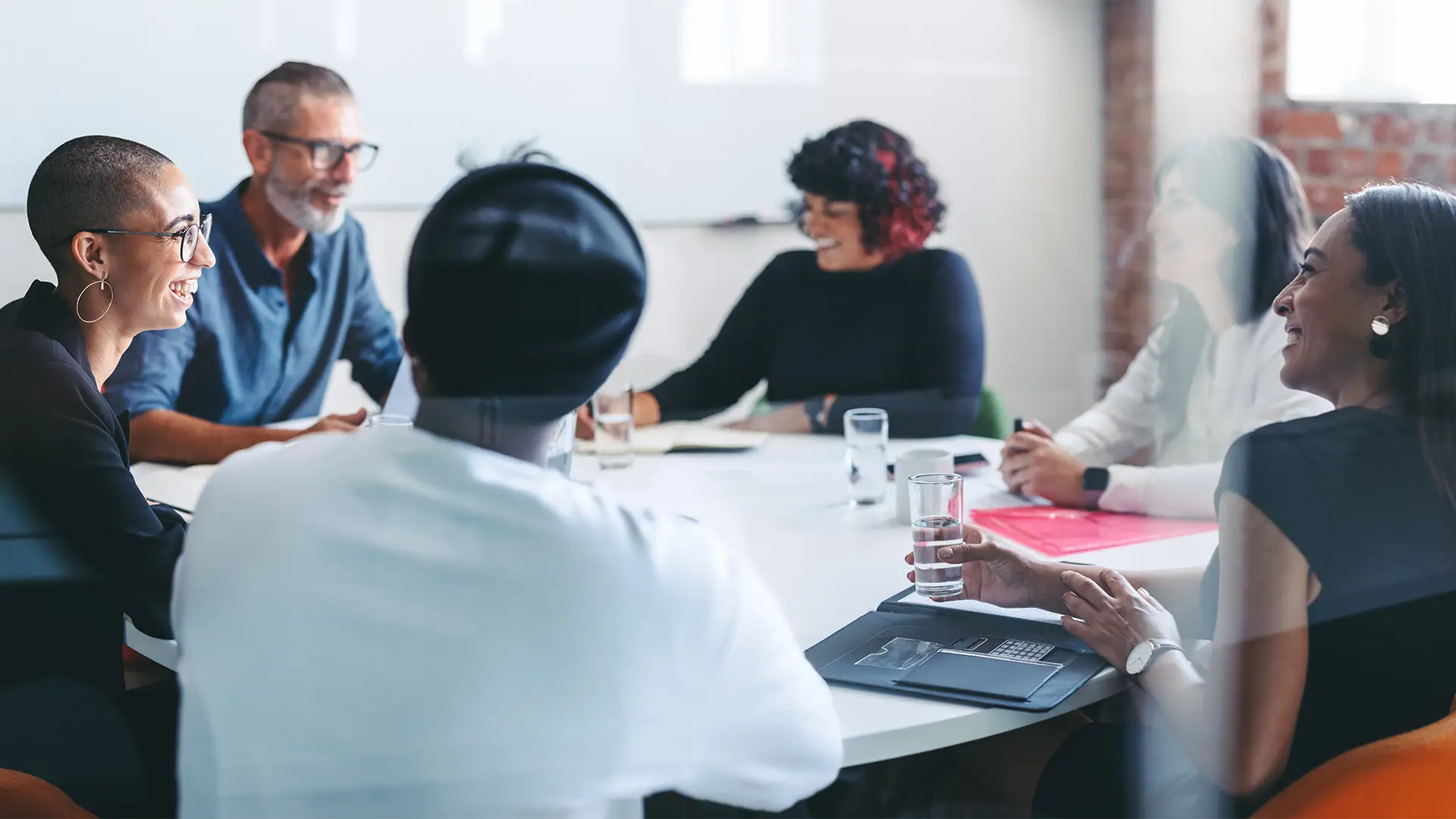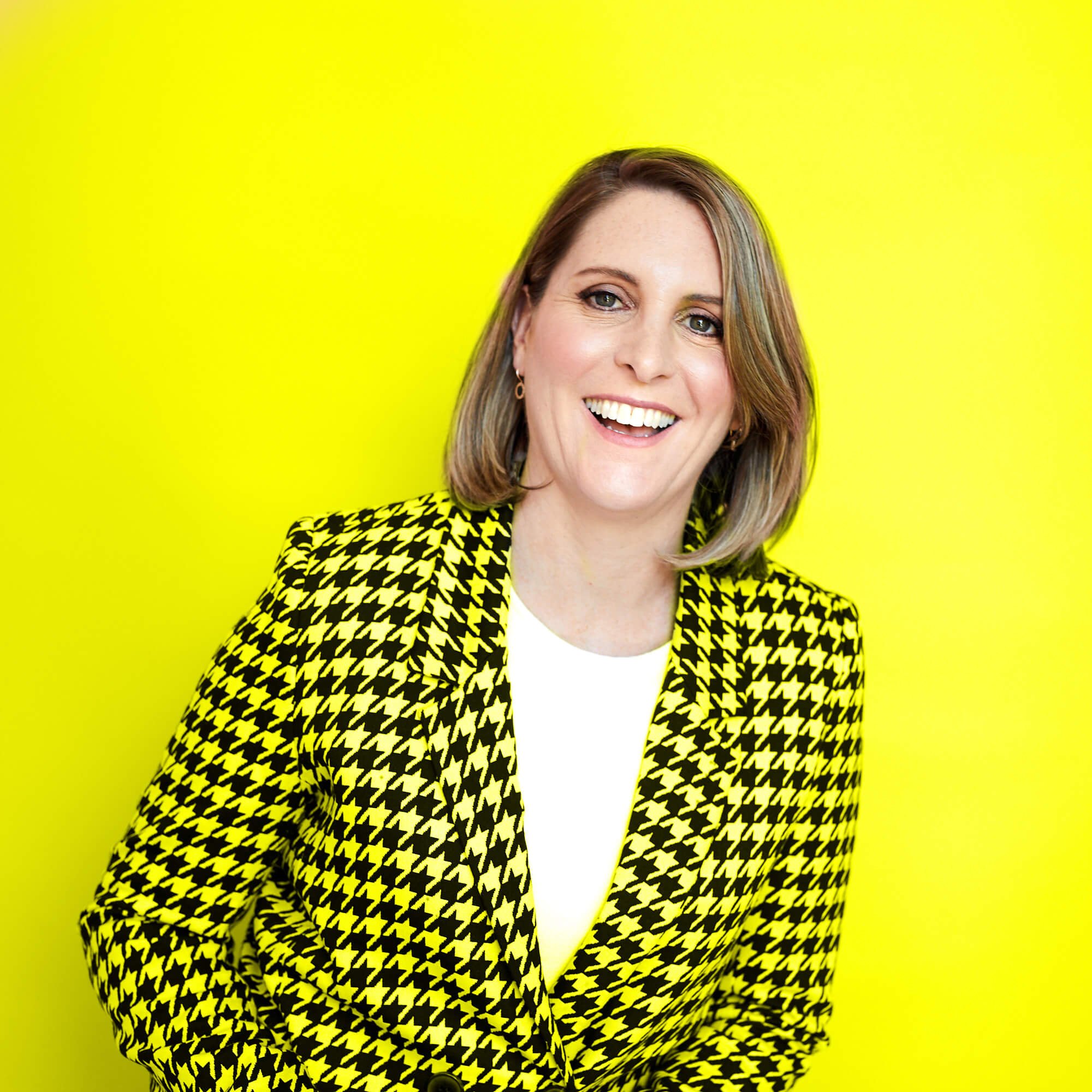Key Takeaways
- ERGs need to measure impact. Existing data and self-reflection help them identify what's working and refine goals for bigger DEI impact.
- Collaboration is crucial. ERGs should connect with other groups for a more comprehensive DEI approach, potentially through joint activities.
- Self-care is vital for ERG members. Setting boundaries and recognising burnout signs helps prevent them from getting overwhelmed.
- ERGs evolve. They need to adapt goals based on internal/external data, changes, or member fatigue.
- Consultants can help ERGs re-evaluate. They assist in assessing current state, defining goals, and establishing a new operating rhythm.
Being in an ERG (employee resource group) can have a range of benefits from skill building, creating meaningful change, building networks and gaining access to senior leaders who can act as sponsors throughout your career.
However, there are also some considerations when taking on responsibilities as an ERG member to ensure the individuals and groups are supported to sustain their energy and impact. As powerful collectives, ERGs may often find themselves in a position of re-evaluating their approach.
I consult on this often as the Founder of Workplace Edit, so I’d like to provide some guidance on maintaining, scaling, and sustaining your network or ERG below.
Start by exploring these four self-reflection questions as a network/ ERG group.
1. How might we evaluate our ERG work?
Measuring and evaluating your work is essential to maintaining success and knowing where to shift your efforts. Consider leveraging existing data and collecting feedback directly.
Existing data points may include:
- Employee surveys (engagement surveys, ENPS surveys etc.)
- Customer feedback (NPS data, social media comments, customer feedback loops etc.)
- People data (attrition data, diversity data etc.)
- Communication channel data (yammer network analysis, slido/town hall questions/comments etc.)
- Benchmarking activities such as the pride in diversity AWEI index.
- Conducting external research (i.e. diversity council, NFPs and large research firms etc.)
Don't forget your self-review. Look back as a team/ ERG group and explore:
- What have we achieved?
- What's unfinished?
- What measurable outcomes have we delivered?
- What would we have done differently? Why/how?
- What are we proud of?
- What (and how) are we celebrating?
2. How might we integrate our ERG work and be more intersectional in our approach? And where can we connect the dots and identify quick wins?
As an ERG you are probably not the only group advocating for inclusion in your organisation. We have seen up to 23 different groups in the same organisation. This can lead to some siloed thinking and a lack of intersectional and interconnected planning. For example, if all 23 groups want to improve inclusivity in recruitment, perhaps you can avoid 23 requests to one talent acquisition team! So, what can you do?
- Meet up! Bring a representative from each group together and share your group roadmaps.
- Identify opportunities to connect activities or deepen the conversations to include intersectional experiences. You can use some of the tools in the Atlassian playbook to help your teams find common project goals with an intersectional focus.
Where should we have deliberate intersectional* focus areas?
- With representatives from each ERG / key business area, workshop opportunities to create shared goals and intersectional focus areas.
- Clarify accountabilities and how you will work together to achieve the shared goal.
How might we address the data deficit?
- Evaluate the data available internally and externally to understand how different systems of oppression are compounded and therefore impact the experiences of employees/customers.
- Discuss how you might use or strengthen this data when setting new goals.
Diversity, equity and inclusion (DEI) approaches that do not consider the whole person and the layers of their identity are likely to have limited success in achieving true inclusion. A siloed approach also risks excluding people of different backgrounds and circumstances. Intersectionality considers different systems of oppression, and specifically how they overlap and are compounded to shape the lived experiences of people. For example, an intersectional approach to gender equity considers the barriers a black woman faces specifically alongside those a white woman doesn't.
3. How might we take care of ourselves?
Here are some areas to focus on to ensure you look after yourself.
- Experiencing setbacks and how to reset. Setbacks are inevitable and offer a great learning opportunity however they can create feelings of failure and shame. As you experience a setback, remember to practice self-compassion, and take a few deep breaths (or more) before developing how to respond rather than react.
- How to establish healthy boundaries. While it may sound counterintuitive, boundaries can provide a great sense of freedom. Boundaries clarify expectations, set limits, and give you a clear way to decide if those limits work for you. They provide a clear definition around what is and is not OK.
- How to avoid fatigue and burnout. You aren't alone in this. A Gallup study found that 23% of people in the workforce experience burnout very often or always. ERG members might find this is due to a lack of control or extremes of imbalance. Review the articles below and identify strategies that help you catch burnout risks before they become issues.
- If your organisation hasn't built in a formal process, you can still advocate to have your ERG work counted as part of your performance review. Showcase how the contribution you have made has created positive change and encourage it to be recognised and rewarded in performance reviews and in your career/professional development plans. Include advancing your impact as an ERG member. Organisations like LinkedIn pay their ERG leads an annual bonus/stipend payment for their role in leading change so consider sharing insights like this to advocate for sustainable ERG recognition models!
Here's a self-care viewing list:
- Setbacks/reset: Forbes
- Establishing boundaries: 5 minute video
- Recognising and avoiding burnout: Forbes
4. How might we evolve and reposition our ERG work?
Most ERG groups will find themselves evolving and re-positioning their efforts. The signals that often act as a catalyst for this include:
- Completion of network goals/end of planned roadmap
- Attrition of group leaders/members
- Change in organisational culture, equity, diversity and inclusion strategy/plans
- New data/sources of information (i.e. engagement survey insights or increase in customer complaints in a certain area)
- Change in executives/CEO or change in network/group leadership/sponsorship
- Fatigue, low meeting participation, lack of progress against goals/plans and/or burnout
- Deliberate planning to re-assess progress and re-plan as per agreed operating rhythm (i.e. end of 90-day plan or sprint)
No matter what prompts you, this is the perfect time to engage a consultant to re-establish your DEI group operating rhythm. Feel free to contact Workplace Edit We can explore your aspirations, unique contributions and goals. We help your group set itself up for success and organise your group effectively around that vision, purpose and goals.
Latest.

AI adoption failing isn’t the tech, it’s the people. How smart businesses overcome this.
Technology, Thought Leadership, Industry Trends

Temp-to-perm is the best way to hire today.
Hiring Insights

How to keep top talent: Strategies for successful onboarding
Hiring Insights, Ask Aquent, Training Resources





